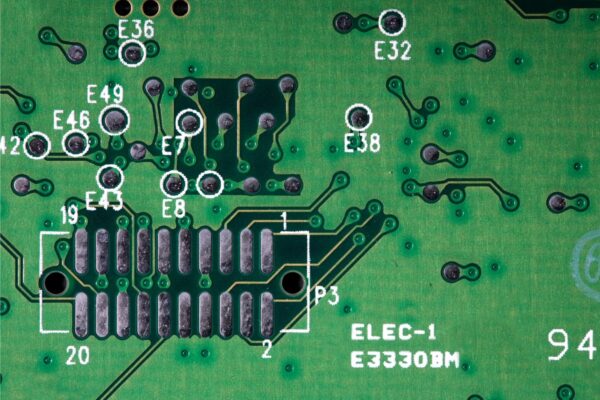What is Assembly Language
Assembly language is a low-level programming language that is closely tied to the machine language of a specific computer architecture. It serves as an intermediary between high-level programming languages and machine language, providing a means for programmers to write code that can be directly executed by the computer’s processor.
Unlike high-level languages, assembly language uses mnemonic codes and symbols to represent instructions that can be executed by the computer. These instructions provide direct control over the hardware resources of the computer, including memory, registers, and other components. This level of control allows programmers to write programs that require precise manipulation of these resources.
Assembly language programs are typically written using a text editor and then translated into machine language using an assembler. This translation process converts the mnemonic codes and symbols into the binary instructions that the computer’s processor can understand and execute.





